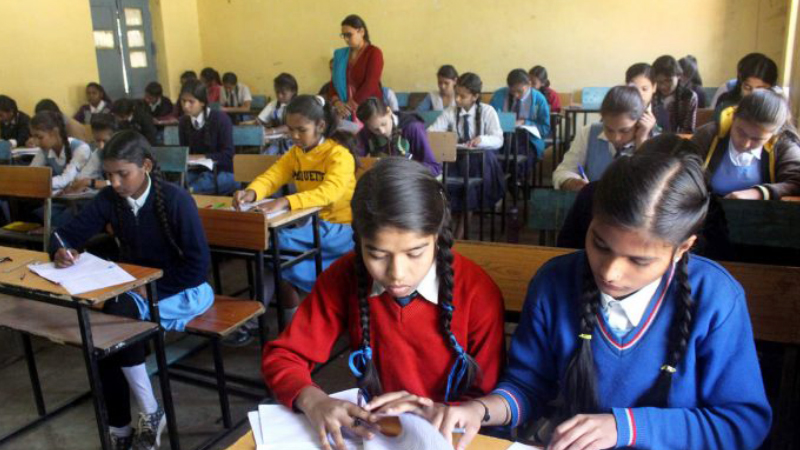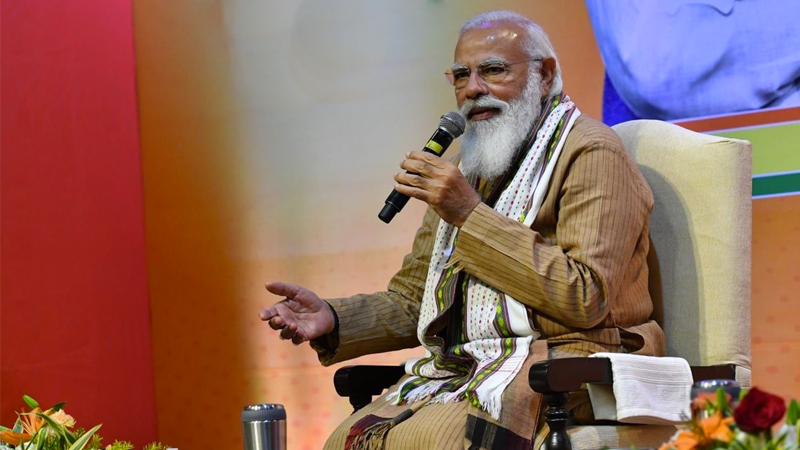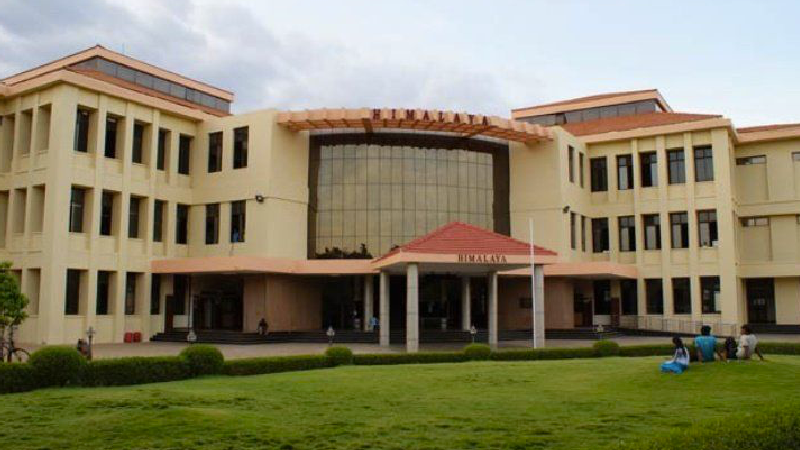Trending Now
Wednesday, Aug, 2024
Home / China's 9 Million Fresh Graduates Could Face Job Difficulties
China's 9 Million Fresh Graduates Could Face Job Difficulties
To ensure the graduates find stable employment, it will be up to the country to create and support a healthy job market for them...
 by Himani Verma /
by Himani Verma /  19 May 2021 13:14 PM IST /
19 May 2021 13:14 PM IST /  0 Comment(s) / 426
0 Comment(s) / 426

A record-high 09 million students are set to graduate from China’s universities in 2021. To ensure these graduates find stable employment, it will be up to the country to create and support a healthy job market for them.
To lessen the risk of unemployment, China is making active efforts to increase higher education rates and facilitate transferable skills in new university graduates.
China’s higher education institutions are being recognised internationally for academic excellence and are increasingly attracting international students. As a result of China’s growing GDP, the number of students enrolling in university also increases rapidly.
According to some experts, if China wants to establish itself as a leader in the global economy, it needs more graduates who can compete with their counterparts in other countries.
In a recent interview, Xie Zhihua, an academic at Beijing Foreign Studies University, stated, “At present, there are no more than 10 million university graduates every year. China should have a sufficient number of graduates to secure our national competitiveness.”
For the past few years, China has been encouraging its universities to produce more graduates. This year, the country announced plans to raise university students from 23 million to 30 million in 2020 and 40 million by 2025.
According to official estimates, about 5 million graduates enter the Chinese job market every year. In 2016, Shenzhen was home to the most significant university graduates, with Shanghai and Beijing taking second and third places.
However, estimates also show that only about 60 percent of China’s fresh grads can find stable jobs. The rest either take on dead-end jobs or put off their employment search indefinitely and opt for self-employment instead.
It is important to note that many graduates find jobs in their fields of study in China. The difference, however, is that graduates in the country’s top colleges and universities tend to find high-paying jobs, with nearly three-quarters with graduate degrees earning respectively 100,000 yuan (US$16,260) or more per month.
The central government has made it mandatory for all universities to publish job placement rates for their graduates. However, only a few of them have achieved their goal.
A study published by Jiaotong University in Shanghai found that more than a third of the graduates from Chinese universities with published data had found jobs.
“Experience shows that while graduates with relatively high placements rates are more likely to secure good jobs, those with fewer placement rates tend to have difficulty finding jobs and earn lower salaries.”
A recent report published by the National Development and Reform Commission states that in China’s eastern regions, the average monthly income in 2016 was close to 6,800 yuan (US$1,084), while for those in western areas, it was just over 4,500 yuan (US$675). The study also mentions that these figures are higher than that of any other country.
The report adds that China has been encouraged to make its job market more accessible for a more significant number of people.
It has been argued that China’s job market should be more open to young people and individuals from rural areas.
Meanwhile, the country is also focused on employing new graduates as it seeks to restructure its economy. Chinese officials have announced plans to lay off millions of workers to cut excess capacity in industries facing a slowing demand for goods. The country is also focusing on improving the education of its workers.
The report added that China’s central government has made it mandatory for all universities to publish job placement rates for their graduates. However, only a few of them have achieved their goal.
The last thing China needs is for its young graduates to join the ranks of the unemployed. The country can ill afford to have millions of people out of work when several industries start to show signs of distress.
To ensure these graduates find stable employment, it will be up to the country to create and support a healthy job market for them.
China’s Education Ministry has already set an ambitious target of increasing the number of skilled workers every year from 2020 to 2035.
By 2035, China aims to have at least 40 percent of its graduates holding a master’s degree and above, while the proportion of graduates with higher education will reach 35 per cent.
It is not hard to see that the country has big plans for its young workforce. The question, however, is whether China will be able to meet its goals. To do so, China will have to make higher education affordable for its citizens.
The country also needs to address a growing number of young people turning their backs on education. The country’s education ministry has already announced plans to increase the number of university students from 23 million to 30 million in 2020 and 40 million by 2025.
According to Chinese media, the country’s universities are being recognised internationally for academic excellence. As a result of China’s growing GDP, the number of students enrolling in university also increases rapidly.
Students from China are abroad taking advantage of their higher education system and are flocking to universities within its borders.
In 2015, 14.6 million Chinese students enrolled in higher education institutions within its borders. It is an increase of nearly two million on the previous year.
China was recently ranked first in the World University Rankings and second in the QS World University Rankings. The country’s rise also comes from the increased amount of research published by its universities.
There are fears that China’s slowing economy could hurt the employment rate for college graduates in future years. It is because members of this generation might find it challenging to match their skills with the jobs available. To make matters worse, China is also struggling with a declining birth rate which means fewer young people will be entering the workforce in future years.
To summarise, China’s higher education institutions are being recognised internationally for academic excellence and increasingly attract international students. Moreover, the country is making active efforts to increase higher education rates and facilitate transferable skills in new university graduates.

EShort / February 16, 2024
IMS Noida Admissions 2024: Apply for UG, PG programmes

EShort / February 16, 2024
GATE 2024: Response sheet out

EShort / February 16, 2024
BSSTET 2023: Admit card released

EShort / February 16, 2024
NID DAT 2024: Prelims result released

EShort / February 16, 2024
IIT JAM 2024: Response sheet released

Jobs / February 16, 2024
UPSC Recruitment Drive 2024: Apply for 120 vacancies in various departments

EShort / February 14, 2024
UPSC CSE 2024: Official Notification issued; application process begins

Editor's Desk / April 17, 2020
How Does Society Impact Our Education?

Current Affairs / April 22, 2020
Mr. Sudarsanam Babu appointed to U.S. Science Board.

Reforms / April 17, 2020
Traditional Structure of Education In India
.jpg)
Events & Seminars / April 17, 2020
PISA!!

Blog / February 26, 2021
Government's Action On #ModiRojgaarDo

EShort / May 19, 2022
CUET PG 2025 has started the registration process.

Notice Board on Important Dates / April 21, 2020
World Heritage Day

News / July 08, 2021
JEE Mains Registration For Session 3: Last Date To Apply

EShort / June 11, 2022
KCET 2022 registration reopen today



 Program 2024 for Financially Disadvantaged Students-02.png)




















0 Comments
Post Comments